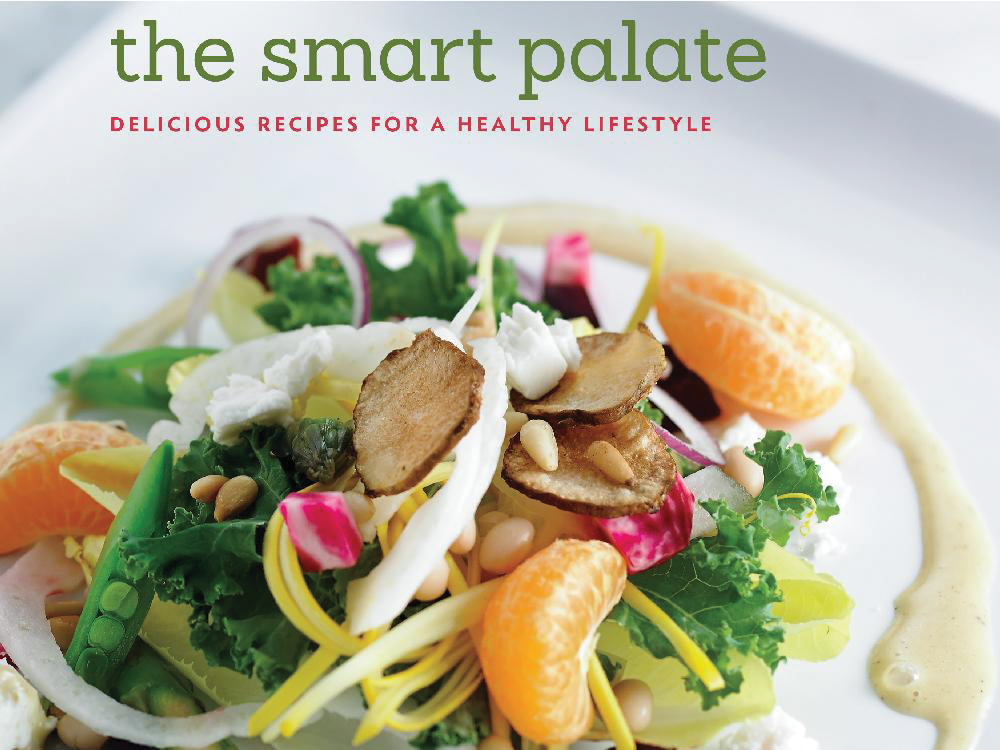SUSAN SCHWARTZ, MONTREAL GAZETTE
Hippocrates laid the foundation for the science of nutrition more than 2,000 years ago when he said: Let food be thy medicine, writes McGill University chemistry professor Joe Schwarcz in The Smart Palate: Delicious Recipes for a Healthy Lifestyle.
Schwarcz, director of the McGill Office for Science and Society, is a co-editor of the 320-page book, and it is generously seasoned with his scientific observations in the form of “Dr. Joe’s Smart Facts.” They’re based on specific ingredients in the recipes and enrich the already fine book.
Schwarcz is a Gazette columnist and host of The Dr. Joe Show, which airs Sunday afternoons on CJAD Radio 800; one of his many skills is the ability to make science understandable to a lay audience. He also has a long-standing interest in food and cooking.
Here are 10 of Dr. Joe’s smart facts:
- Lutein, a natural antioxidant present in the macula,the area of the retina responsible for central vision, protects against macular degeneration. Researchers learned in retrospective studies that people who ate more foods high in lutein had a lower risk than others of eye disease: This was particularly true for spinach, the most significant source of lutein in our diet. Cooked spinach is better than raw: Cooking breaks down plant cell walls, which means nutrients are released more readily. (Antioxidants are chemicals that can prevent or slow cell damage: natural antioxidants are found mainly in fruits and vegetables and the most common ones are vitamins A, C, and E, beta-carotene, and lycopene.)
- Nuts have a lot of fat, but it’s the beneficial polyunsaturated and monounsaturated variety. Eating nuts does not appear to cause weight gain and can make us feel satiated and hence less likely to overeat. A handful of walnuts contains almost twice the antioxidants, by weight, of any commonly consumed nut.
- Chickpeas, particularly sprouted chickpeas,are a source of isoflavones, or natural estrogens. (It’s simple to sprout chickpeas: You can find lots of information online.) Current animal research suggests that isoflavones isolated from chickpea sprouts can curb bone loss, which suggests that these extracts could have potential for treating the symptoms of menopause as well as osteoporosis related to estrogen deficiency.
- Kosher salt, like conventional salt, is composed of sodium chloride — but since kosher salt grains are larger than those of conventional salt, a teaspoon of kosher salt is roughly equivalent to half a teaspoon of regular salt.
- Contrary to popular belief,the anti-cancer compound sulforaphane is not found in cabbage; rather, it is formed from a precursor present in cabbage when it is chopped, chewed or cooked. Sulforaphane increases the production of enzymes that neutralize free radicals connected with aging and various diseases. Stanford University scientists discovered that sulforaphane boosts the levels of these enzymes more than any plant compound.
- One reason oats are a smart breakfast optionis their ability to keep us feeling full longer than other foods. In a study comparing oatmeal to a sugary, flaked cereal, researchers found that participants who ate oatmeal at breakfast consumed one-third fewer calories at lunch. This helped with weight management. As well, beta-glucan, a form of soluble fibre found in oats, has been shown to lower blood cholesterol.
- Sweet potatoes are high in fibre,have virtually no fat, and more beta-carotene — the body’s precursor to vitamin A — than any other food.
- Pineapple is a good source of ferulic acid,a plant chemical that prevents the formation of cancer-causing substances. It also contains the enzyme bromelain, which has the ability to break down proteins and so can be used to tenderize chewy cuts of meat.
- Greek yogurt is made by straining regular yogurt,removing much of the liquid whey as well as the lactose and other sugars dissolved in it. For the same number of calories, then, Greek yogurt has roughly double the protein and half the sugar of other yogurts.
- Honey is a concentrated sugar solutionwith small amounts of chemicals that have antioxidant and antiseptic properties. The precise composition of honey depends on the types of flowers the bees have visited.




